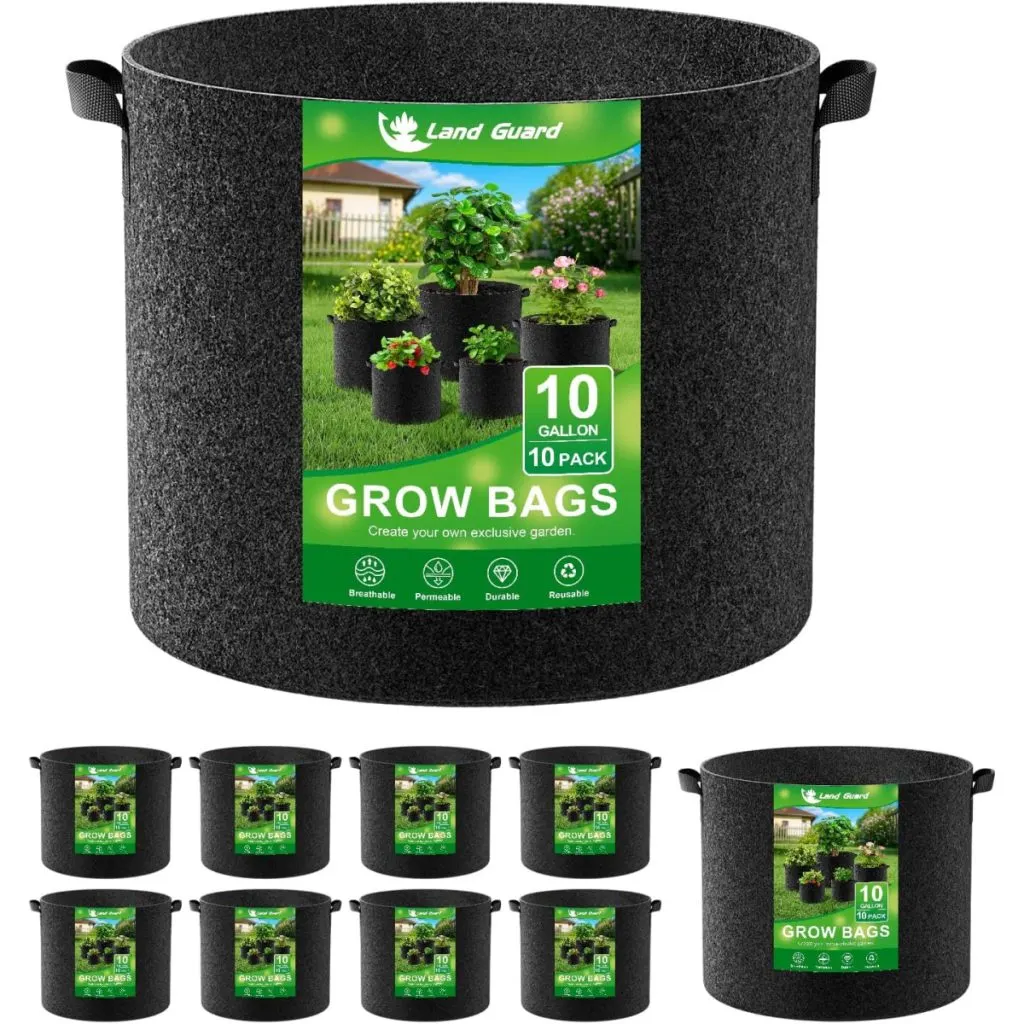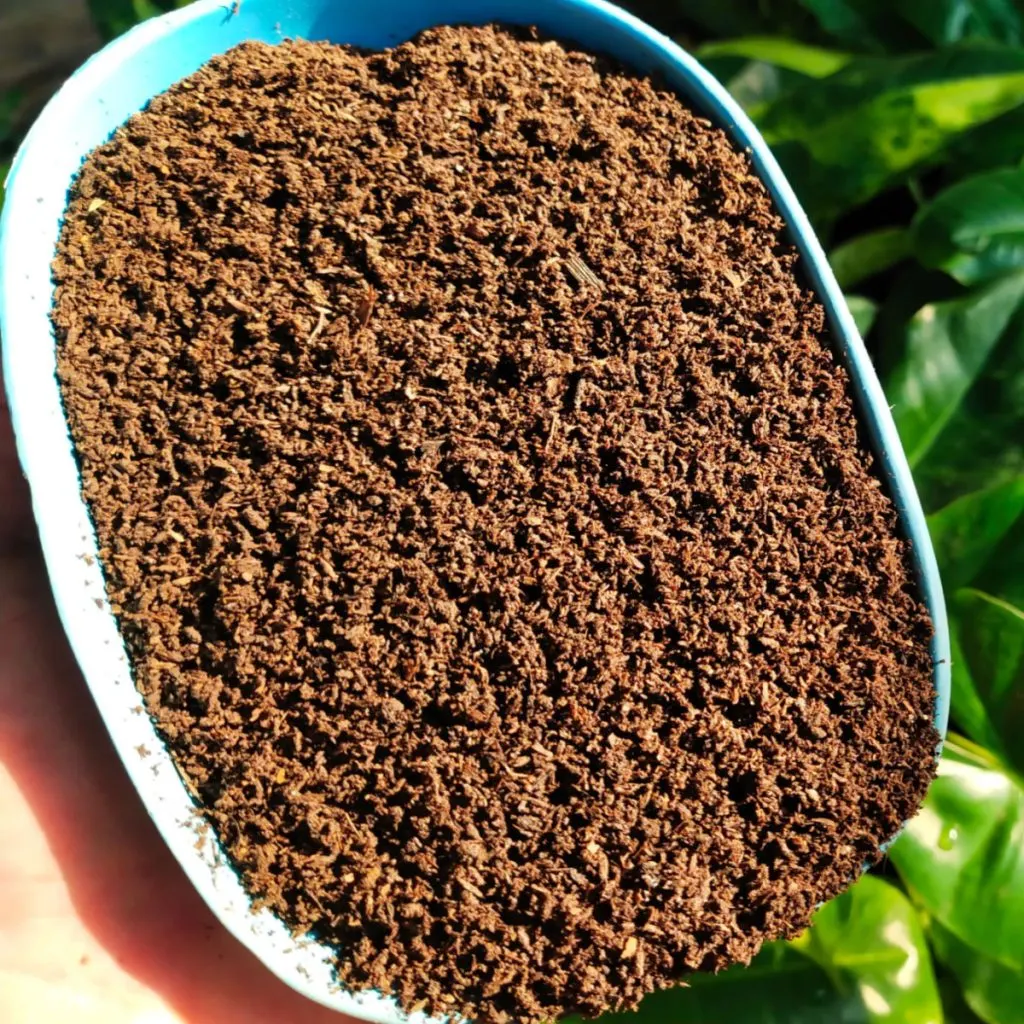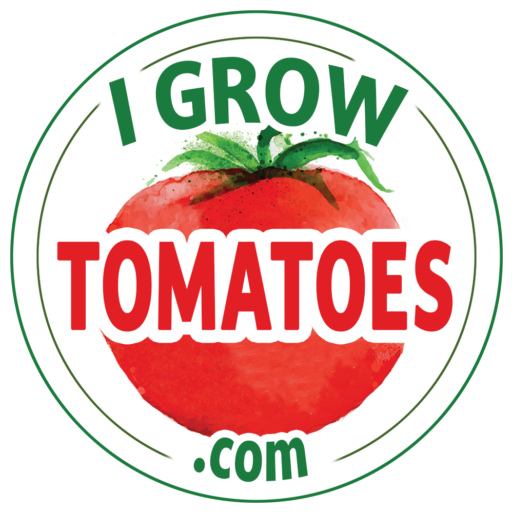Looking for a few simple but effective secrets when it comes to growing tomatoes in containers?
Growing tomatoes in containers is one of the best ways to enjoy homegrown flavor, no matter where you live or how much growing space you have. In fact, even if you don’t have a traditional garden or yard, you can still grow a healthy, productive tomato crop right on your patio, porch, deck, driveway, or even a balcony – as long as you have access to a good dose of daily sunlight.
Tomatoes love the sun. And as long as your container receives at least six to eight hours of sunlight each day, you can grow a crop just as strong and full as anything planted in the ground. But while container gardening does offer some big advantages, it also requires a few important steps for success.

Here is a look at the three biggest secrets to growing tomatoes in containers – starting with what might be the most important of all – the size of the pot you grow your plants in!
The 3 Biggest Secrets To Growing Tomatoes In Containers
#1 – Selecting The Right Size Container
One of the most common mistakes when growing tomatoes in containers is using a pot that’s simply too small. Tomato plants grow fast and need plenty of room for their roots to spread. If their root system becomes cramped, your plant will struggle. Why? Because it can’t absorb the water and nutrients it needs. The result will be stunted growth and little to no fruit production.
So how big should a container be? For each tomato plant, you’ll want to use a container that holds at least five gallons of soil. That’s the bare minimum. Even better, if you can use a 7 to 10 gallon container, you’ll give the plant the space it really needs to grow. Affiliate Link: Land Guard 10-Gallon Fabric Grow Bags.
Larger pots also hold moisture better, which is crucial in container growing. Smaller pots dry out fast, especially in full sun. When the soil dries out too quickly, the plant’s roots get stressed, and that stress often leads to blossom end rot and a weaker plant overall.
Avoid using pots that are too shallow. Tomatoes have deep root systems, and if the pot isn’t tall enough, you’ll limit the plant’s growth from the start. Choose containers that are at least 16 to 18 inches deep and just as wide.

You can use a wide variety of materials for your pots – plastic, ceramic, fabric grow bags, even large buckets. Just make sure the container has good drainage holes. Tomatoes don’t like soggy soil, and if the roots sit in water, they’ll rot. If your container doesn’t have holes, drill or cut several into the bottom before planting.
#2 Powering Your Soil – A Big Tip For Growing Tomatoes In Containers!
Once you’ve got your container, the next step is just as important – and that is what you put inside of it. The soil you use to fill your pot will determine the strength and success of your plant. Regular garden soil won’t cut it in containers.
It’s usually too dense, doesn’t drain well, and lacks the nutrients tomatoes need when confined to a pot. Instead, start with a high-quality potting mix. Potting mixes are designed to be lightweight and well-draining. They also retain moisture better than regular soil, which is key for potted plants that dry out faster.
But don’t stop at just potting mix. To really fuel your tomato plants, you need to supercharge that soil with nutrient-rich compost and worm castings. These two all-natural additions help create a soil mix that feeds your plant slowly and steadily all season long.
Mix about one part compost into every five parts of potting soil. Compost brings organic matter and a wide range of nutrients that will help your plant grow stronger and healthier from the start. It also helps the soil retain moisture while improving drainage.

Don’t Forget The Worm Castings!
Next, mix in a half to one cup of worm castings into each planting hole. Worm castings are one of the best organic fertilizers you can use. They provide a slow and steady supply of nutrients that help boost soil health. Affiliate Link :100% Pure Worm Castings
You can also add a small amount of pulverized eggshells and used coffee grounds into the soil mix for even more plant power. Eggshells slowly release calcium into the soil, helping to prevent blossom end rot. Coffee grounds add a mild dose of nitrogen and help improve the soil’s structure. See our article: How To Prepare The Perfect Tomato Planting Hole – 3 Must Add Ingredients!
#3: Always Provide Support
Last but not least, when growing tomatoes in containers, always give your plants the support they need! No matter what variety of tomato you grow – cherry, slicing, Roma, or heirloom – they’re going to need some help.
Why is support so important? First, it helps your plant grow upward instead of sprawling out over the container or patio. This saves space and improves air circulation, which helps prevent diseases like powdery mildew and blight.
Support also keeps your plant stronger against heavy winds and storms, which can easily snap or bend branches full of fruit. But most importantly, support helps keep the fruit clean and protected. When tomato vines are allowed to droop over the sides of the pot, the tomatoes often touch the ground or patio surface. That contact with soil or concrete can lead to rot, disease, and pests.
How To Support Container Plants
There are a few easy ways to give your container tomato plants the support they need. One of the most popular is the tomato cage. It’s simply a round wire frame that fits right over the plant and helps it grow upward through the center. Make sure to put the cage in place right after planting, so you don’t disturb the roots later on.

Another option is to use small stakes or poles. Place a sturdy stake into the pot alongside the plant and use soft garden ties or twine to loosely tie the plant to the stake as it grows.
If you’re growing on a patio or near a wall, you can even use a trellis or string line to train the plant upward. Last but not least, always prune your plants as they grow. Remove any lower leaves that touch the soil to help reduce disease, and pinch off suckers to direct more energy into fruit production instead of extra foliage.
Here’s to growing tomatoes in containers this year – successfully!
I Grow Tomatoes
Follow Our Facebook Page For Even More Great Tomato Growing Tips! I Grow Tomatoes Facebook Page
I Grow Tomatoes is a website created for those who love all things about tomatoes – from planting and growing – to cooking and canning! We publish two articles every week, 52 weeks a year. Sign up today to follow via email! This article may contain affiliate links.
